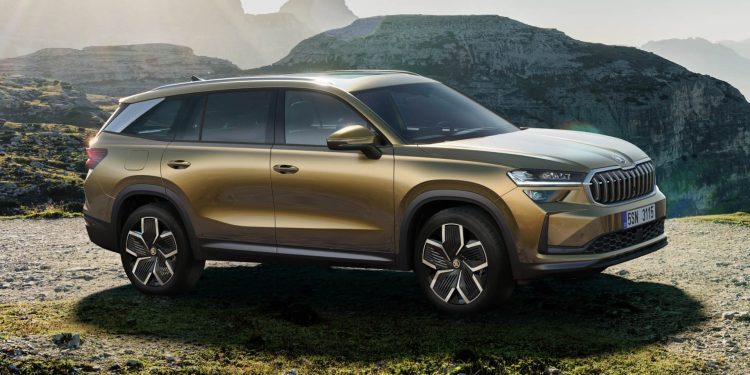New Skoda Kodiaq revealed with hybrid drivetrains and more space
Words: Harrison Wade | Photos: Skoda
After what has seemed like months of teasers, Skoda has finally revealed its second-generation Kodiaq in full with more space, features, and efficiency than before.
The first thing you’ll notice about the new Kodiaq is its refreshed design, highlighted by key features like the LED matrix headlights and illuminated hexagonal grille at the front, sloped roofline, squared-off wheel arches, and full-width taillight.
“The all-new Kodiaq is both modern and dynamic, with a strikingly distinctive look. In line with the ‘form follows function’ principle, we have incorporated the first elements of our future Modern Solid design language,” says Oliver Stefani, Head of Skoda Design.
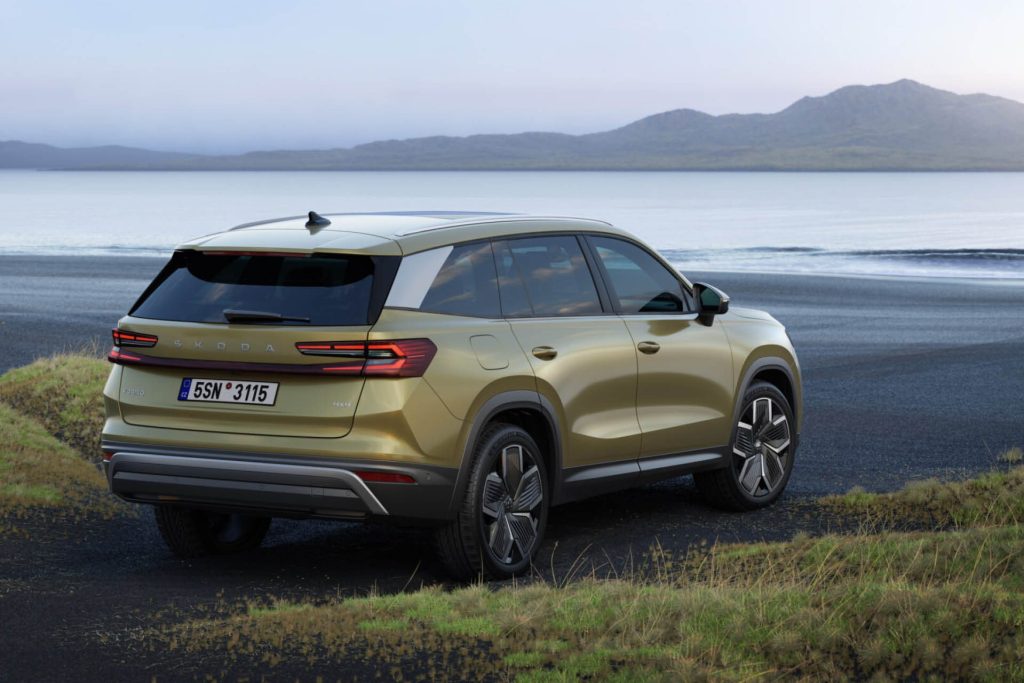
Numerous exterior options are available, including nine colours, and alloy wheels ranging from 17 to 20 inches in diameter.
The second-generation Kodiaq has grown 61mm in length compared with its predecessor. The model now sits at 4758mm long, 1864mm wide, 1659mm tall, and has a wheelbase of 2791mm, meaning there’s more room inside for occupants.
Passengers who sit in the third row of the seven-seat version will be greeted with 920mm of headroom, 15mm more than in the old Kodiaq. It can hold up to 340 litres of luggage behind the third row of seats and 845 litres with them folded down. The maximum volume of cargo able to be transported in the seven-seater comes to 2035 litres.
Luggage capacity has also grown in the five-seater by 75 litres to 910 litres total, and with the rear seats folded down, the maximum volume comes to 2105 litres.
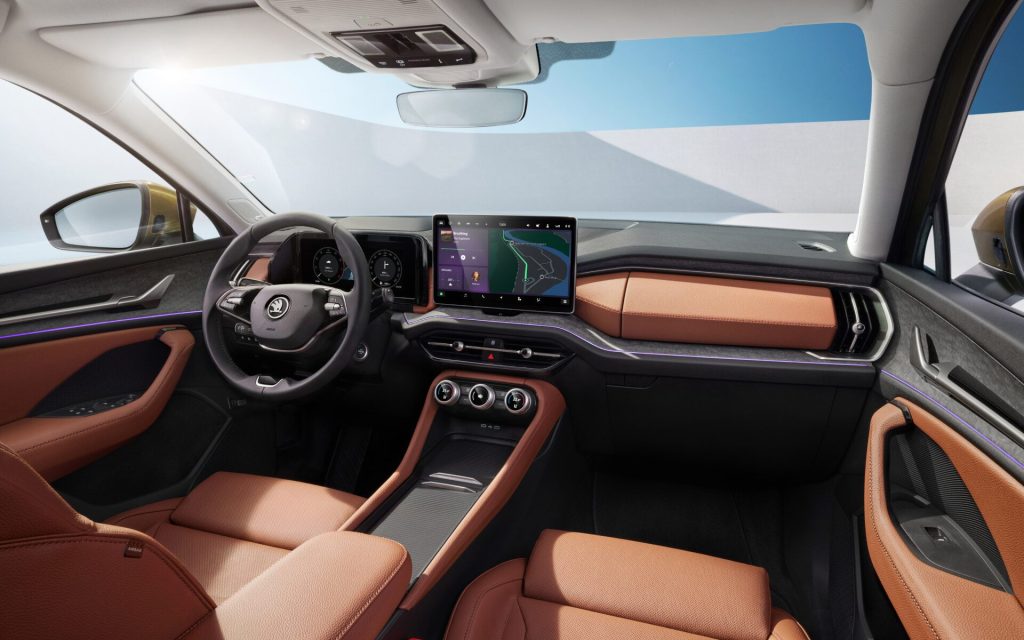
Inside, a new free-standing 13-inch infotainment touchscreen dominates much of the dashboard, while the driver gets a 10-inch gauge cluster and a head-up display.
Below the central screen sits Skoda’s new Smart Dials which control a variety of vehicle functions as shown and selected on their respective 32mm displays. The two outer dials of the three can be configured to control temperature, seat heating, and seat ventilation, while the centre dial controls radio volume, fan speed, air direction, driving modes, map zoom, and more.
Occupants will also find plenty of convenience features inside, including four 45W USB-C ports, a 15W USB-C port on the rear-view mirror for devices such as GPS units, two optional wireless smartphone chargers, as well as creature comforts like optional pneumatic seat massagers.
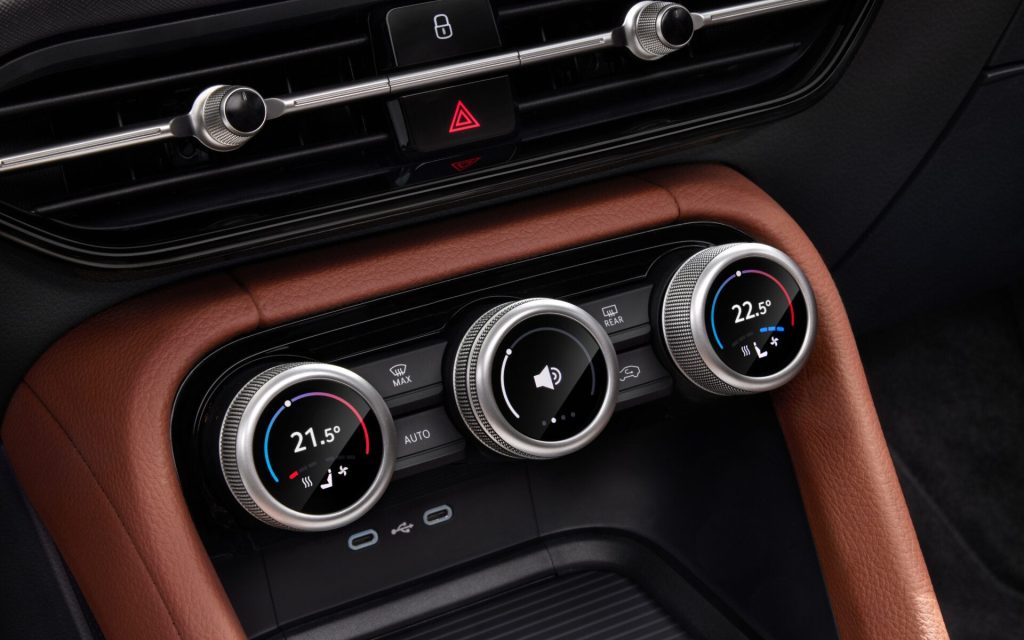
The new Kodiaq is host to five different powertrains, including petrol, diesel, and electrified options.
A plug-in hybrid (PHEV) powertrain will be offered with the Kodiaq IV for the first time, which combines a 1.5-litre turbocharged petrol engine with an electric motor to make a total system output of 150kW. Power is then sent through a six-speed automatic gearbox to the front wheels.
One of the PHEV’s party tricks is that it can drive for more than 100km in fully electric mode. This is thanks to a 25.7kWh battery that can be recharged at up to 11kW with AC or 50kW with a DC fast charger.
Two petrol engines and two diesel engines are paired up to seven-speed automatic gearboxes.
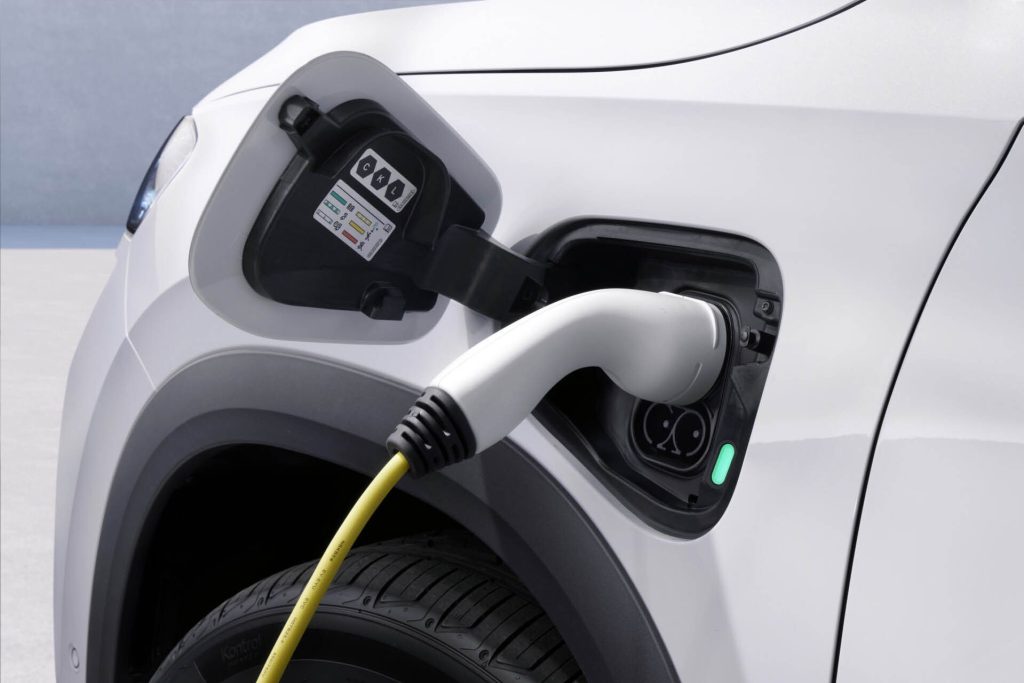
Starting off the range is a 1.5-litre turbocharged petrol model that makes 110kW and features 48-volt mild hybrid technology, including a belt-driven starter generator and lithium-ion battery. The powertrain can also recover energy produced during braking to provide an “electric power boost” or coast with the engine turned off.
A 2.0-litre turbocharged petrol engine making 150kW is also available, alongside two 2.0-litre diesels that produce 110kW and 142kW, respectively. Both the top-spec petrol and diesel come fitted with an all-wheel drive system as standard.
The second-generation Kodiaq also gets a suite of safety and driver assistance systems, including new features like Turn Assist and Remote Park Assist.
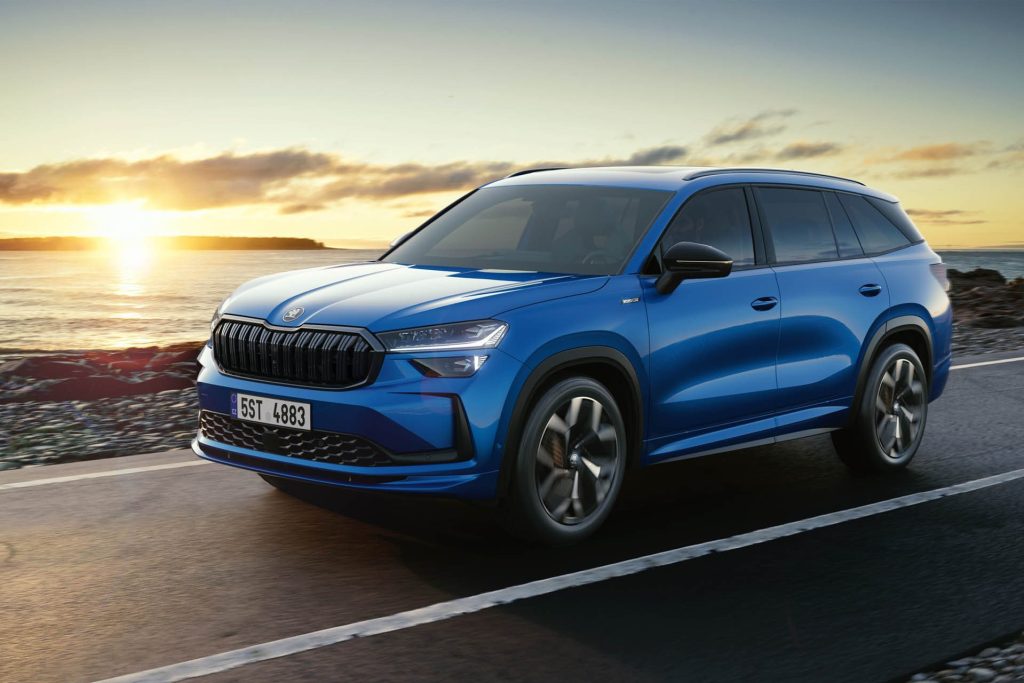
Other assistance systems include Collision Avoidance Assist, Crossroad Assist, Exit Warning, AEB, and Intelligent Park Assist, while the cabin of the new Kodiaq is lined with up to nine airbags.
Pricing and specification of the new Skoda Kodiaq for New Zealand have yet to be outlined by the local importer of the Czech carmaker, but we expect the model to arrive on our shores towards the end of next year.


